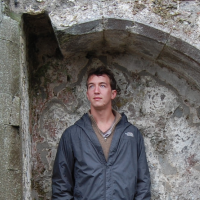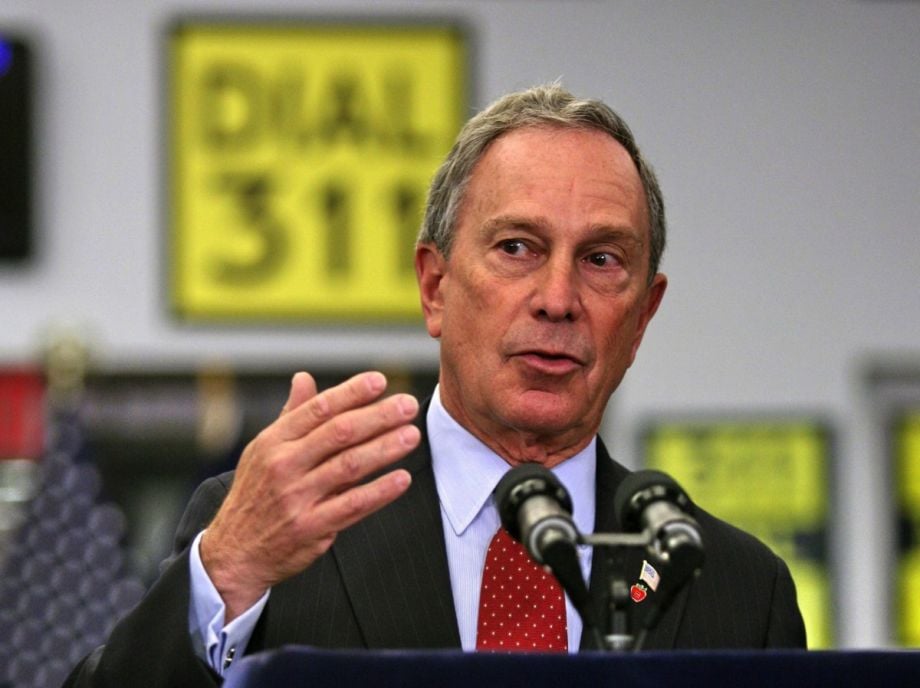The world is teeming with advice on dealing with bad neighbors, but the first recommendation is always the same: Before you call the police or the landlord, talk to your neighbor. Nevertheless, since shortly after 311-style municipal complaint lines were born, scientists have been tapping into the resulting big data, a window into the dynamics of city living.
Joscha Langewie, an assistant professor at New York University, has mapped four years of data from 311 (New York’s non-emergency complaint line) across the five boroughs, and compared it against variables like ethnicity, wealth and turnover.
With a novel data source — 4.7 million time-stamped, geo-tagged complaints — and new analysis methods, Langewie and his co-author, Merlin Schaeffer of the University of Cologne, considered the question: Where are urbanites most likely to resolve a loud party, or a trash problem with a call to the city? They zeroed in on one type of urban district as a zone of conflict: the contested territory between two homogenous neighborhoods.
In a paper presented last month at the annual meeting of the American Sociological Association, the researchers used Brooklyn’s Crown Heights, a neighborhood of 19th-century rowhouses and tenements east of Prospect Park, as an example. Populated largely by Caribbean blacks, African-Americans and Hasidic Jews, the area became a symbol of racial divisions in New York during the Crown Heights riots of 1989.
Using “edge detection” techniques borrowed from photo and video analysis, Langewie and Schaeffer were able to measure the firmness of the Jewish area’s boundaries. Typical boundary detection methods, Langewie explained, are designed for point-specific data. But Census data comes in tracts. So the researchers applied a visual technique that detects contrasts, the same method at work in driverless cars’ object recognition.
The resulting neighborhood parameters were sharp in the west, along New York Avenue, and fuzzy in the east. And it was exactly in that fuzzy region, the researchers found, that 311 complaints were the highest, even after controlling for factors like concentrated poverty or residential instability that would be likely to impact the totals. Complaints were 26 percent higher in poorly defined border zones than in homogenous areas.
At first glance, the discovery seems to jibe with the findings from Robert Putnam’s landmark survey of American neighborhoods, which concluded that diverse neighborhoods showed less civic engagement and scored poorly on a host of other measures.
But Langewie does not see his research bolstering that conclusion. While border zones between homogenous neighborhoods did show high complaint levels, neighborhoods with internal diversity rated much lower.
So what’s going on at neighborhood frontiers? Perhaps they are natural conflict regions, the site of everyday cultural confrontations, at a house-to-house level, that are less likely to occur across a firm dividing line, like a big avenue or a park. But particularly in contrast to diverse neighborhoods, these areas may also suffer from a leadership vacuum, wherein neither dominant ethnic group takes responsibility for enforcing social norms. The duty then falls to the city.
The project exemplifies the type of research that publicly accessible 311 databases make possible. Last month I wrote about how Somerville, Massachusetts, used an equivalent trove to solve its rat problem. At Harvard, a team working with Boston’s 311 data published a paper in June suggesting that the information might be more important than we realize. Comparing 311 calls, 911 calls and police reports, the researchers concluded that private conflict — not public disorder, as advocates of “broken windows” policing contend — was the best predictor of future crime.
It’s a whole subset of urban studies enabled by the release of one dataset. “This was pretty much not possible to study before with traditional social science methods like surveys,” Langewie explained. “You could never capture this on a geographic and temporal scale.”
The Science of Cities column is made possible with the support of the John D. and Catherine T. MacArthur Foundation.

Henry Grabar is a senior editor at Urban Omnibus, the magazine of The Architectural League of New York. His work has also appeared in Cultural Geographies, the Atlantic, The Wall Street Journal and elsewhere. You can read more of his writing here.
Follow Henry .(JavaScript must be enabled to view this email address)









